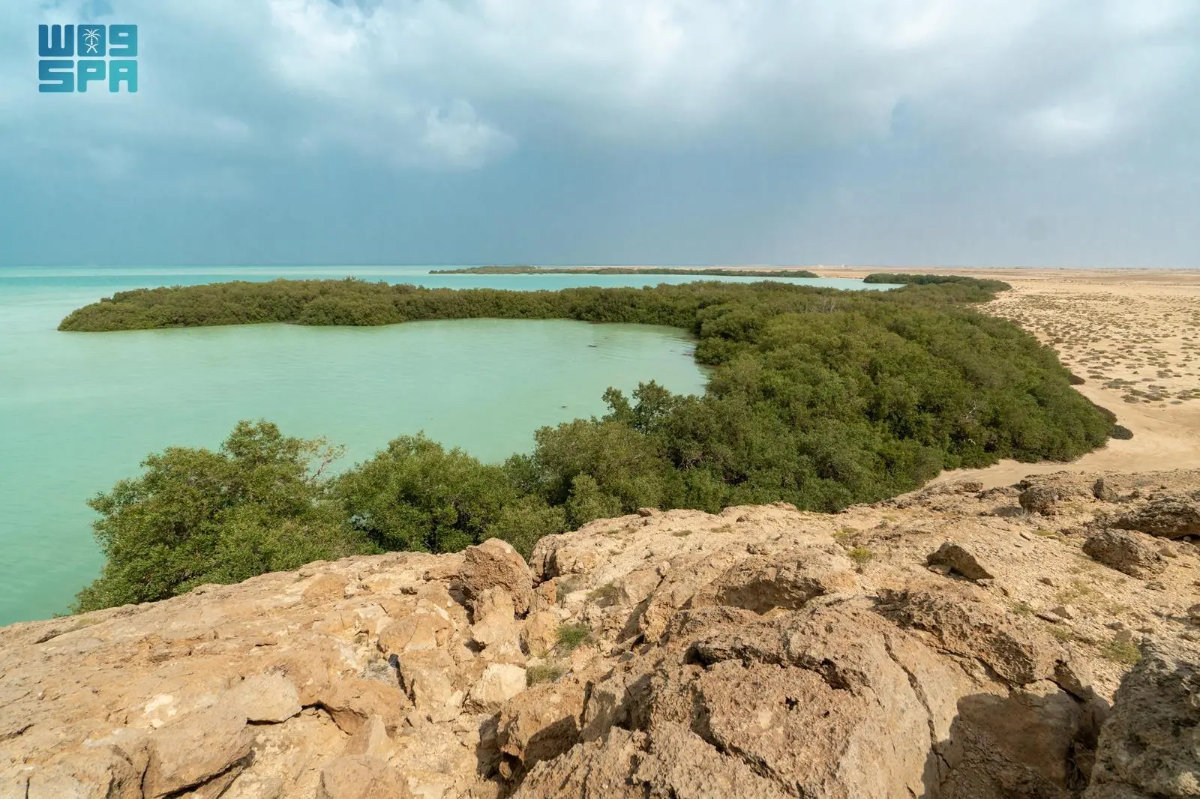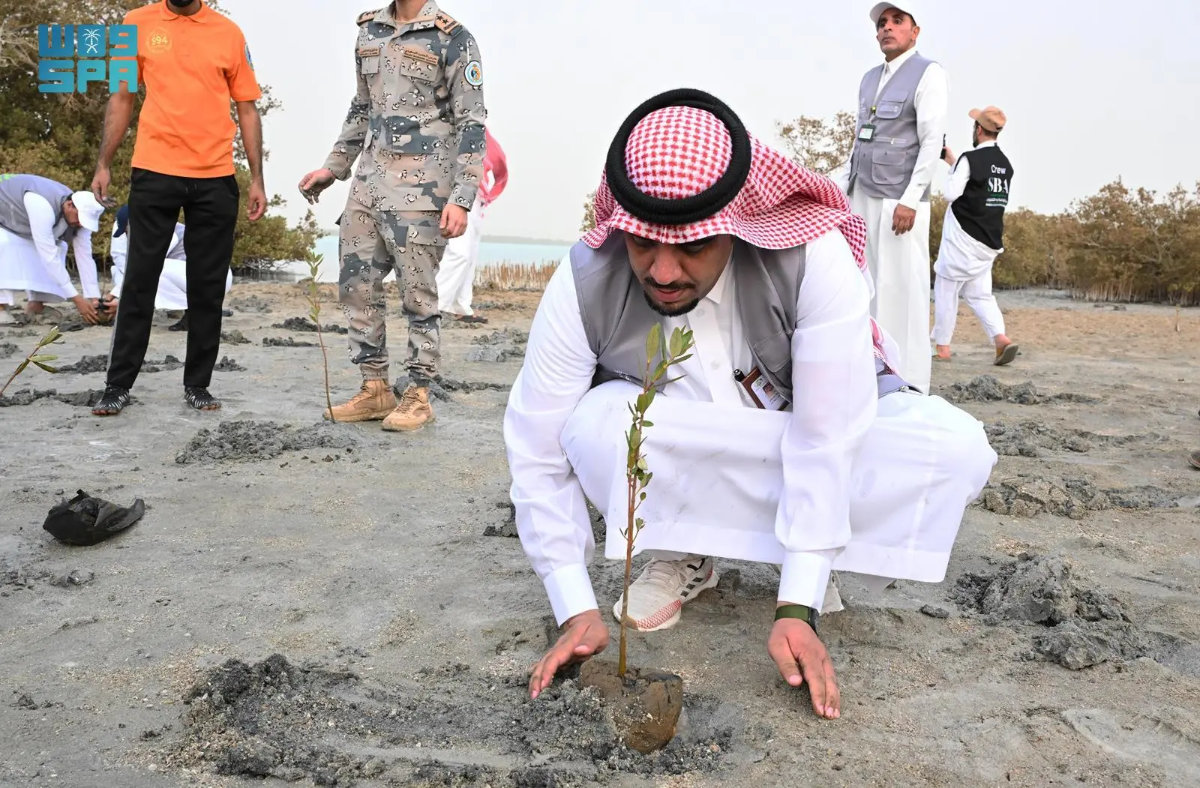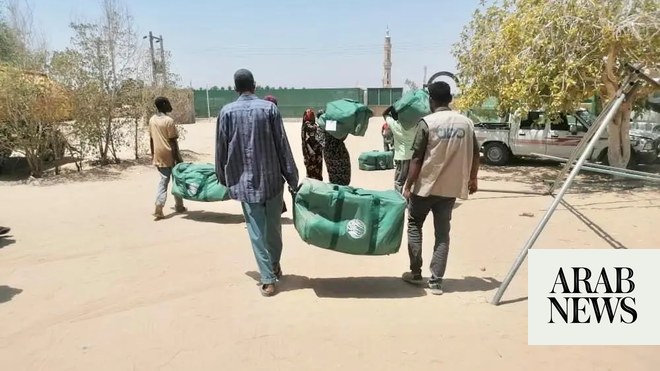RIYADH: The Kingdom is on track to meet the target of planting 100 million mangrove trees by 2030 under the Saudi Green Initiative and Vision 2030 plan.
About 13 million mangrove seedlings have been planted since the launch of an ambitious coastal forest cover program a year ago, the Saudi Press Agency said recently, citing a report by the National Center for Vegetation Development and Combating Desertification.

Marine scientists say mangroves work together with coral reefs and seagrass beds to keep coastal areas healthy. (SPA)
Most of the projects reported by the NCVC are currently taking place along the Kingdom's Red Sea coast, with Jazan Province topping the list with 5.5 million seedlings. It is followed by the provinces of Mecca with 2.4 million, Medina with 2 million, Tabuk with 1.5 million and Asir with 1 million.
Along the Gulf Coast, the Eastern Province planted 500,000 saplings, the report said.
However, before the formal launch of the project along the Persian Gulf, the center noted that 700,000 saplings had already been planted. This included 200,000 on Ras Abu Ali Island in Jubail Governorate and 500,000 in Al-Wajh Governorate.
“The project includes fencing and caring for the seedlings to protect them from algae and seaweed, as well as protecting the sites from grazing and encroachment,” according to the SPA.
Also, the NCVC and the Asir Regional Development Authority launched the Mangrove Restoration Program on Wednesday. It was timed to the United Nations International Mangrove Day, which is celebrated every year on July 26.

Planting of mangroves in Al Barak governorate in Asir region. (SPA)
The campaign participants planted 500 mangrove seedlings on the beaches of Al Barak Governorate. The event was presided over by Governor Al-Barak Abdullah bin Ali bin Muhya and Mayor Nasser Saeed Al-Shahrani.
SPA said the intention is to raise awareness of the importance of planting and protecting mangroves in the face of climate change and global warming.
Marine scientists say mangroves working together with sea grass and coral reefs keep coastal areas healthy.
They have been found to provide habitat for thousands of species, stabilize shorelines, prevent erosion and protect communities from waves and storms.
“About 75 percent of commercially caught fish spend some time in mangroves or depend on food webs that can be traced back to these coastal forests,” reports the American Museum of Natural History.
Many countries suffering from severe mangrove destruction continue to record declines in fish stocks.
